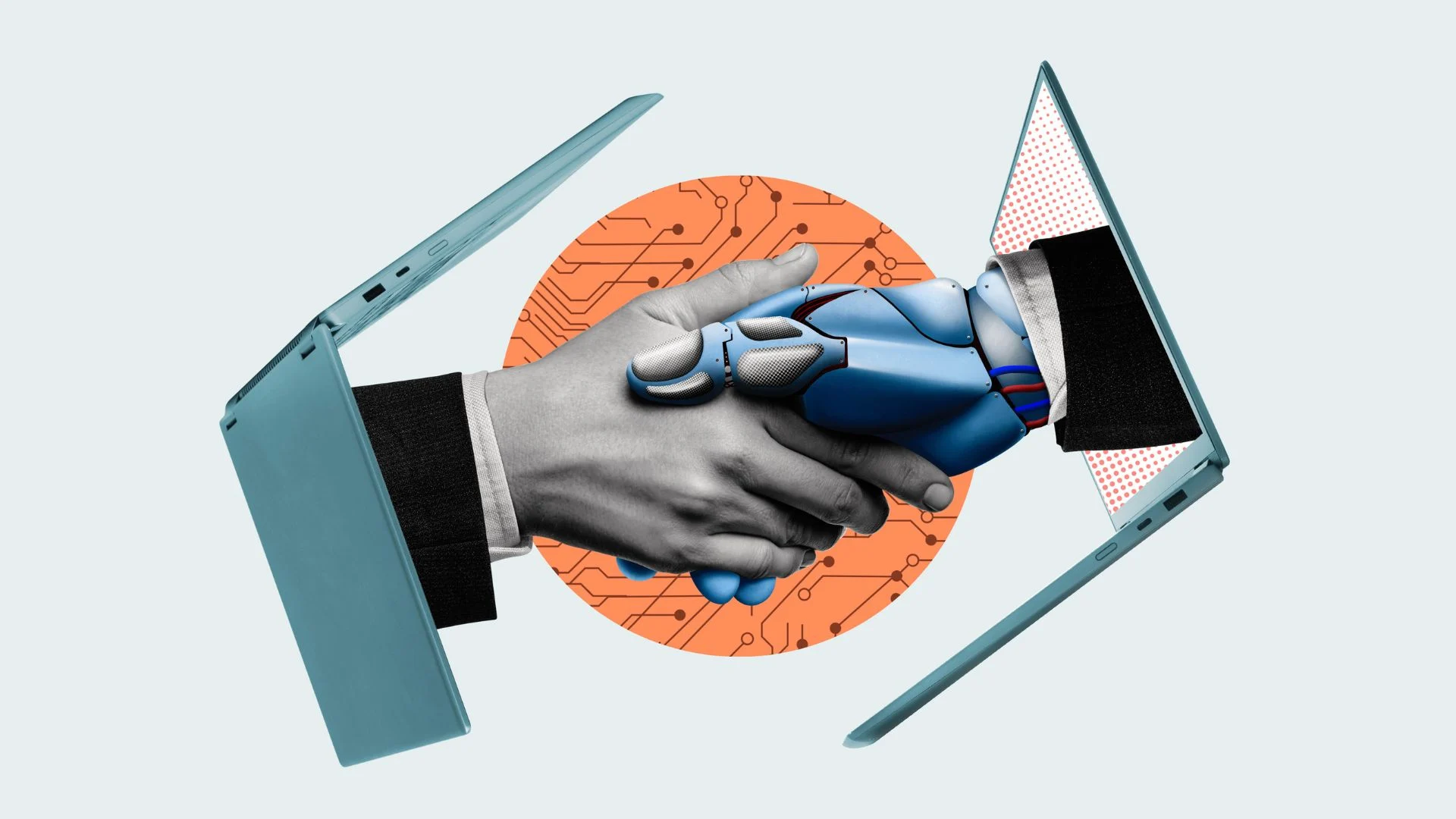Copyright Inc. Magazine

I took my kids to the beach this summer. My 5-year-old turned to me with a serious look and said, “Dad, sharks are neither fishes nor mammals.” My 11-year-old responded, “Wrong, a shark is a fish. I learned that on Wild Kratts.” Then the younger child looked to settle the dispute, saying “Then let’s ask ChatGPT.” A 5-year-old said that. And so it was with the rise of artificial intelligence in 2025. With generative AI, we no longer browse for knowledge. We summon it. AI is the de facto new world of knowledge. Sam Altman and Jensen Huang are now household names. Chatbots that once answered job applicants’ questions with preprogrammed responses morphed into AI agents that could think and do. AI has been around for decades, yes, but it took off this year on a whole other level. Big Tech is projected to spend more than $400 billion on AI this year alone. TSMC, which makes chips that run complex AI tasks, became a trillion-dollar company. Nvidia became the first publicly traded company worth $4 trillion. So organizations have a committed, vested interest in the technology. Fandom has replaced fear. AI fixed a trucking company’s driver shortage Featured Video An Inc.com Featured Presentation A leading transportation company was facing a significant hiring challenge: Most of its driver positions work across a range of vehicles—school buses, ambulances, and delivery trucks. Each role has a unique set of federal regulations and safety requirements across numerous cities. The company’s HR technology only captured a sliver of potential candidates. Hiring came down to basic chatbots and manual procedures that could not adequately support complexity. Then the company switched to an AI system for help. The result? The company has fewer driver shortages now. Will there be more success stories like this in 2026? I’ll share a few predictions in a moment. First, it’s worth taking one last look back on what transpired in 2025. Reinforcement learning and AI Reinforcement learning is fundamental to making AI work. The technology “learns” through constant interaction. Our ability to capture that interaction and drive a new layer of behavioral intelligence has never been greater than it was this year. What that means going forward is that AI models are going to become hyper-precise and verticalized by domain. The models have an expanded capability to learn from our interactions, which can then be applied almost immediately to better the experience and outcomes. HR managers can no longer afford to sit on the sidelines. They need to invest time to learn how the technology works and its potential impact on their operation so they can make sound, strategic decisions. SaaS became service as software Can every service line turn into software? It wasn’t possible before, but it is now. That’s what agents do. In the shift from software as a service to vertical enterprise AI, organizations go from thinking about software licenses to digital workers. So instead of building software, companies are building a digital workforce. Seat-based pricing becomes task-based pricing. Copilots become autopilots. Features become work outcomes. And systems of record become systems of intelligence. The real opportunity with technology, of course, lies in knowing what we don’t yet know. It’s been said that a good science fiction writer could have predicted the advent of cars. A great science fiction writer, on the other hand, could have also predicted traffic congestion and fender benders. What will likely happen in 2026? Back to those predictions I mentioned earlier. AI won’t take over the world. AI is not an end-to-end infrastructure, it’s parts to parts, so it starts somewhere and ends somewhere else. That means AI isn’t taking over everything. Humans will be needed for a long time. Some companies lay off workers thinking that AI will solve their problems, only to bring people back. Humans are still relevant. That’s why end-to-end AI won’t come to fruition today or anytime soon. Running at the speed of AI. Humans will need to make decisions faster at scale while AI is doing the grunt work at scale. Those two things have to be in parallel. Automation works at speed and performance levels humans can’t match. Organizations may well need to create a new role: risk performance optimizer. Intense adaptability is an employee’s most critical skill. If people are not intense about adopting or learning AI in the next 10 years, organizations will underperform. Leaders are responsible for creating an environment of learning. Agents will become domain specific. Agents are generalized, for the most part. They will become hyperspecialized, allowing them to band together and “swarm” over a problem. For example, one agent could communicate with another—one handling interview scheduling and the other interview screening. Eventually they will swarm automatically. This ties back to why everyone has a responsibility to understand these technologies. They don’t need to be engineers, but they have to understand how they work. What’s in store for next 10 years A mind-blowing shift is about to occur in the next decade. Software is moving from static to dynamic, instruction to prediction, automation to agentic. We’re heading into a whole new world in which software collaborates with people. It’s like a sidekick, a teammate. Software will no longer be a tool for handling small tasks. But, to reinforce an earlier point, the one thing software will never be able to do is manage tasks from start to finish. Only humans can do that. Software works in parts. An AI agent works in parts. Humans must understand and delegate the parts to work effectively. That, in turn, will allow enterprises to transform software into a dynamic, living, intelligent ecosystem that can learn, grow, and optimize. What organizations used to accomplish with 50 people will be done with three people. That doesn’t negate the need for humans. Quite the opposite. Humans will play a more prominent role by delegating tasks to agents so they can focus on bigger, higher-value endeavors. This will be the exciting transition in the next 10 years. Will your organization be ready?



